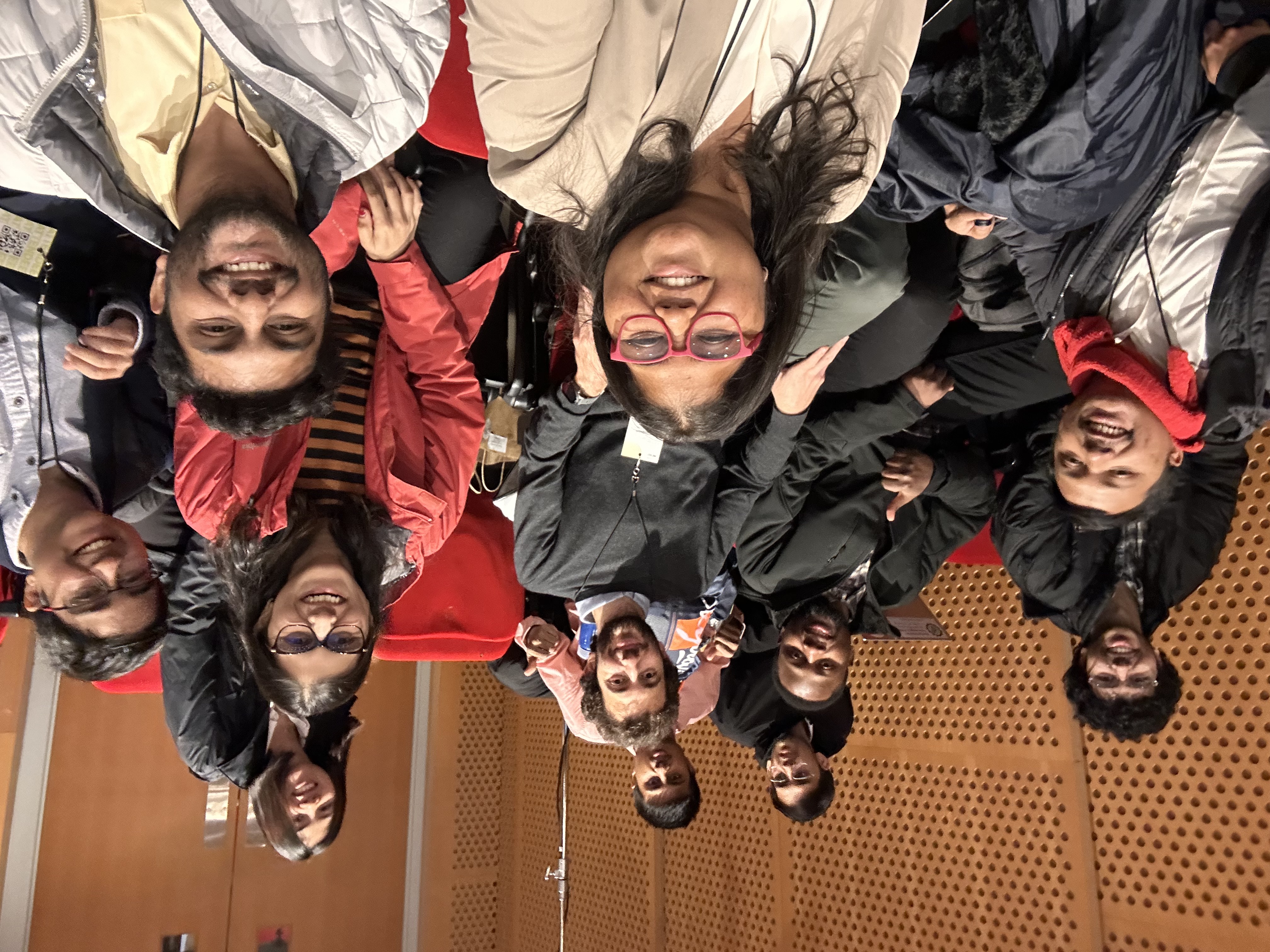
2023 MIT Energy and Climate Hack
By Pattamon Lekmanee
On November 11th through the 13th, eleven students from Carnegie Mellon University's Energy Science, Technology, and Policy program participated in the Energy and Climate Hack at the MIT campus in Boston, Massachusetts. This event focused on leveraging AI to address energy and climate challenges and attracted over 300 individuals forming more than 60 teams.
Three teams from the EST&P program passionately addressed distinct challenges, showcasing their innovative solutions to tackle energy and climate challenges from energy and climate-related organizations. There were ten sponsores who presented challenges, calling for innovative solutions from participants.
- First Solar Challenge: Driving Solar Innovation and Deployment
The EST&P team "ClimateChangeWillKillUsAll" had combined solar and wind technologies to usher in a new era of renewable energy. Introducing Solarm, a solution that not only lowers costs but also enhances efficiency by utilizing electrolytic absorption to remove solar panel dust, coupled with WindWarden, a technology that diverts wind from solar farms, maximizing overall energy production.
- The Wattcarbon Challenge: Focused on estimating the impact of decarbonization projects on building energy consumption
Team "Hotsteppers" introduces Autowatt, a sophisticated AI tool designed to predict the impact of building upgrades on decarbonization. This innovative solution ensures optimized energy consumption and contributes to a sustainable future.
- Foothill Venture + Koidra Company challenge: Engaged in scaling the business through AI for Energy Efficiency and Sustainable Manufacturing.
The EST&P team name "Greenbyte," under the slogan "Intelligent Byte for Sustainable Bites," proposes an integrated solution to revolutionize greenhouse agriculture. By incorporating intelligent market predictions, Greenbyte optimizes crop decisions and suggests strategic partnerships with greenhouse planning and specialist firms. Furthermore, a proposed collaboration with a local grocery chain for data exchange enhances value-added services, demonstrating our commitment to scalable and sustainable business practices.
Moreover, there were many other business/organization, for examples, Ironwood Forestry, focusing on national parks service, Crusor Energy, a data center and service company supporting renewable energy optimization and flare mitigation; and The Mitra Chem, a North American battery material company innovating iron-base cathode material. The challenges extended to applying Generative AI to address bottlenecks in breakthrough cathode development for Mitra Chem. Additionally, the Climate Ledger Initiative (CLI), an international, multi-stakeholder initiative at the nexus of climate change and digital innovations, added to the diversity of challenges. This comprehensive set of challenges provided a holistic experience for our students, illustrating the broad impact of energy and climate solutions
During the competition, EST&P students engaged in various activities, such as consulting with pitching coaches and participating in training sessions like "How to Give a Convincing Pitch." This training offered crucial insights into effective communication, enabling hackers to confidently express their ideas. Furthermore, the experience facilitated the opportunity to make connection with students from other institutions such as Harvard, MIT, Northeastern, and Princeton, and also the executive from the sponsored companies, etc., allowing for the exchange of ideas on energy and climate change solutions.
For many EST&P students, this event marked their first participation in hackathons, and improved skills in problem-solving, contextualization, team collaboration, task delegation, and time management. Despite the unexpected stress of time constraints, our students persevered, dedicating their best efforts to crafting comprehensive solutions. One of the most challenging aspects was communicating the energy solution within a tight timeframe and meeting rigorous submission requirements.
After working hard and sleepless during the hackathon, EST&P students gained new connections and insights about applying AI to tackle the climate change. Exploring Boston together, including the Charles River and Boston Harbor, was fun. This trip allowed students to come up with practical solutions for reducing carbon emissions and strengthened the bond within the cohort.
This trip was funded by the EST&P program and The Wilton E. Scott Institute for Energy Innovation.
